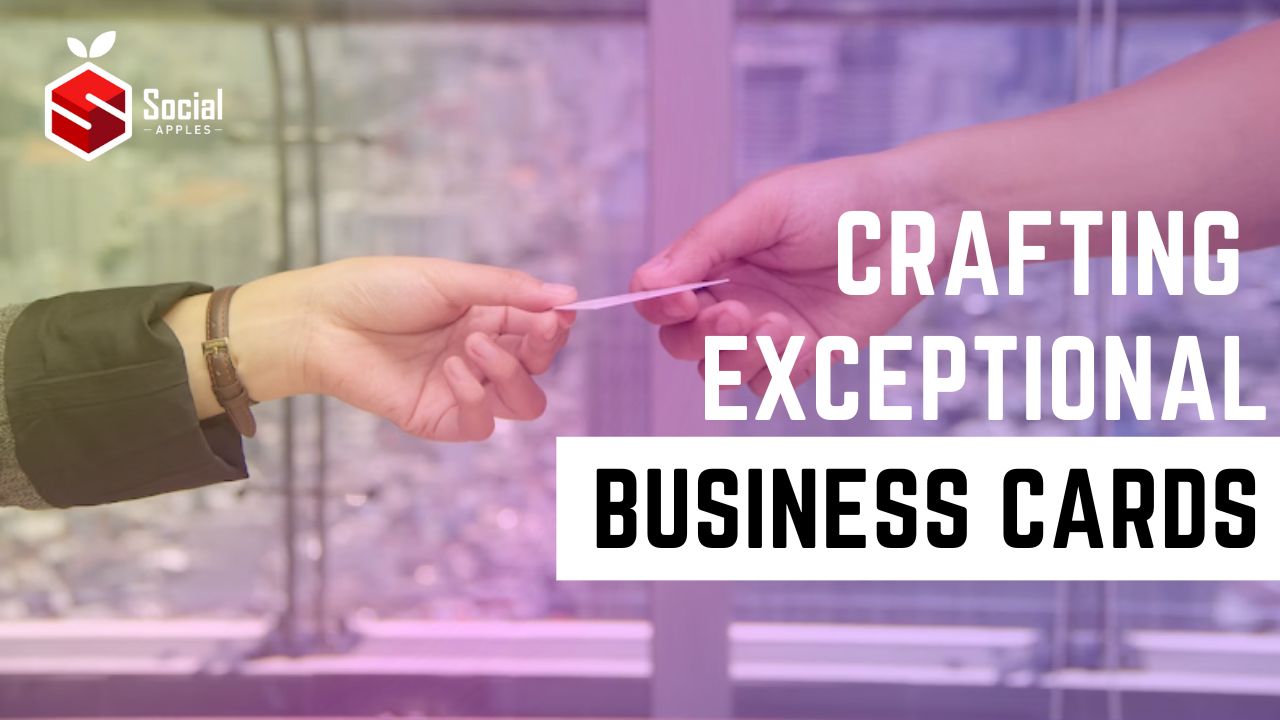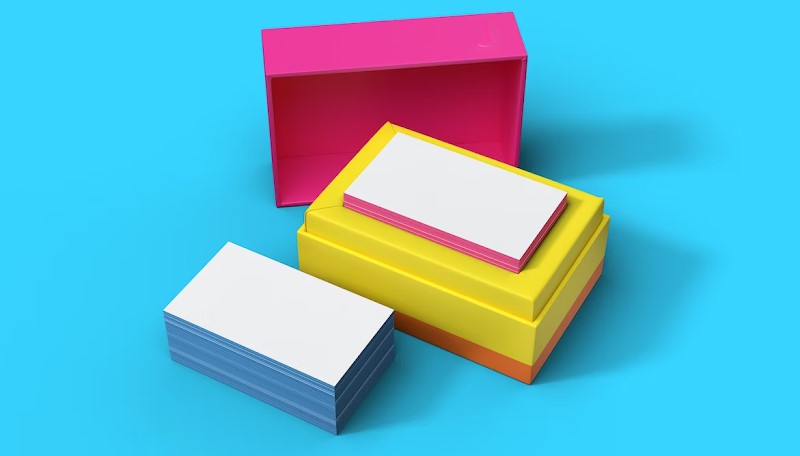In today’s digital age, where information is readily available at our fingertips, the humble business card might seem like a relic of the past. However, they continue to hold significant value in establishing and nurturing professional relationships. A well-designed business card can leave a lasting impression on potential clients, partners, and contacts. In this blog post, we will explore how to create a business card that reflects your brand identity and captivates your audience.

Contents
The Power of First Impressions
As the saying goes, “you never get a second chance to make a first impression.” When it comes to networking events or meetings, your business card is often the first tangible representation of your brand that people encounter. It serves as a physical extension of your professional persona and should embody the essence of your business.
Reflecting Your Brand Identity
Every aspect of your design should align with your brand’s identity. Consider the following elements when creating your business card:
Colors
Choose colors that resonate with your brand and evoke the desired emotions. Use your brand’s primary colors or experiment with complementary hues to create an eye-catching design.
Typography
Select fonts that are legible and representative of your brand’s personality. Opt for a font pairing that combines a clean, easy-to-read option for contact information with a more unique and expressive font for your brand name or tagline.
Logo Placement
Position your logo prominently on the visiting card. Ensure it is clear and instantly recognizable. The logo should be the focal point that ties all the other elements together.
Imagery
Consider incorporating relevant imagery that aligns with your brand or industry. It could be a photograph, an icon, or an abstract image that communicates the essence of what you do.

Size and Shape
While standard rectangular business cards continue to be widely used, experimenting with different sizes and shapes can make your card stand out in a sea of traditional designs. Square, round, or die-cut cards can add a touch of uniqueness and make a memorable impression.
Paper Quality
The choice of paper can greatly impact the perception of your visiting card. Opt for a high-quality, sturdy stock that feels substantial when held. Matte, glossy, or textured finishes can also add visual interest and tactile appeal.
Minimalism and Simplicity
In today’s fast-paced world, simplicity is key. Avoid cluttering your card with excessive information. Include only essential details such as your name, job title, company name, contact number, email address, and website. Keep the design clean and easy to read.
Clever Use of Space
While it’s important to keep your design simple, that doesn’t mean you can’t get creative with the use of space. Consider utilizing both sides of the card to include additional information or design elements, such as a QR code, a catchy tagline, or a brief description of your services.
Typography and Layout
Well-thought-out typography and layout can significantly enhance the visual appeal. Experiment with font sizes, spacing, and alignment to create a balanced composition. Ensure that the text is legible, even at smaller sizes.
Contact Information
Make it easy for recipients to reach out to you by providing multiple contact options. Include your phone number, email address, and website URL. If applicable, include your social media handles, but avoid overcrowding with too many icons.
Add a Personal Touch
Consider adding a personal touch to your business card to make it more memorable. Handwritten notes, custom illustrations, or unique finishing techniques (such as embossing, foil stamping, or spot UV) can set your identification apart from the rest and leave a lasting impact.
Keep Evolving
Finally, don’t be afraid to revise and update your business identity as your brand evolves. Regularly evaluate its effectiveness and make adjustments as needed. Your business card should always reflect the current state of your business and align with your brand identity.
Remember, creating a memorable business card is not just about design; it’s about capturing the essence of your brand and leaving a lasting impression on anyone who receives it. By applying the principles discussed in this blog post, you can elevate your business card from a mere piece of paper to a powerful tool for building professional connections.






![How to Control iPhone from Computer [Without Jailbreak] Control iPhone from Computer](https://socialapples.com/wp-content/uploads/2018/04/control-iphone-from-pc-2-100x70.jpg)





